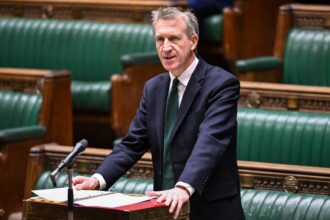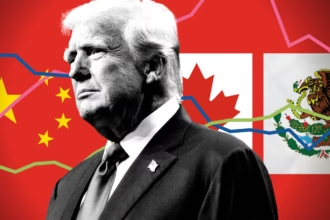Turkey’s Central Bank Governor, Fatih Karahan, has expressed confidence in the nation’s inflation trajectory, even as recent economic data prompts a reevaluation of anticipated interest rate cuts. His remarks come ahead of the Central Bank’s upcoming policy meeting on September 11, 2025.
Inflation Trends and Economic Indicators
In July 2025, Turkey’s annual inflation rate stood at 33.5%, a decline from the previous month’s 35.1%. Despite this decrease, inflation remains significantly above the Central Bank’s year-end target of 24%. Concurrently, the Turkish economy demonstrated resilience, with a 4.8% year-over-year GDP growth in the second quarter, surpassing expectations.
- Turkey’s Central Bank Governor, Fatih Karahan, has expressed confidence in the nation’s inflation trajectory, even as recent economic data prompts a reevaluation of anticipated interest rate cuts. His remarks come ahead of the Central Bank’s upcoming policy meeting on September 11, 2025.
- Inflation Trends and Economic Indicators
- Central Bank’s Revised Rate Outlook
- Governor Karahan’s Perspective
- Strategic Policy Adjustments
- Conclusion
Central Bank’s Revised Rate Outlook
In response to persistent inflation and robust economic performance, financial institutions have adjusted their forecasts for Turkey’s interest rate cuts. Goldman Sachs now anticipates a 200 basis point reduction, down from the previously expected 350 basis points, while JPMorgan has similarly revised its projection to a 200 basis point cut, reducing its earlier estimate of 300 basis points.
Governor Karahan’s Perspective
Governor Karahan remains optimistic about the inflation outlook, asserting that the disinflation process is ongoing and that shocks will not derail this trend. He emphasized that inflation expectations among consumers and businesses are on a downward trajectory, and that the Central Bank’s monetary policy will continue to focus on achieving price stability.
Strategic Policy Adjustments
The Central Bank has introduced interim inflation targets to enhance transparency and guide its monetary policy. These targets are set at 24% for the end of 2025, 16% for 2026, and 9% for 2027. This strategic shift aims to provide clearer policy direction and anchor inflation expectations.
Conclusion
While recent economic data necessitates a cautious approach to interest rate adjustments, Governor Karahan’s confidence in Turkey’s inflation trajectory underscores the Central Bank’s commitment to achieving long-term price stability. The upcoming policy meeting will be pivotal in determining the pace and extent of future rate cuts.














